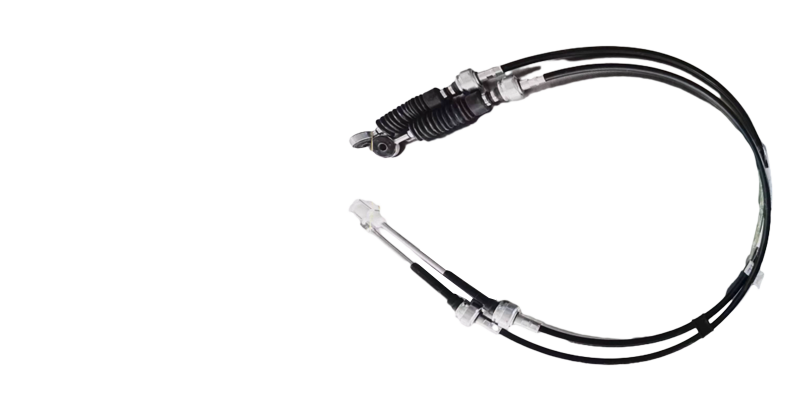hand brake cable
Understanding Hand Brake Cables Importance and Maintenance
Hand brake cables, also known as parking brake cables, are crucial components in the vehicle's braking system. Their primary function is to engage the parking brake, which secures the vehicle in place when parked, especially on an incline. Understanding the significance, functionality, and maintenance of hand brake cables is essential for vehicle owners to ensure safety and reliability.
Functionality of Hand Brake Cables
Hand brake cables are typically composed of a steel cable housed within a protective sheath. When you pull the hand brake lever, it pulls the cable, effectively tightening it. This action engages the brake shoes or pads, which then press against the rear wheels (in the case of disc brakes) or the drums (in drum brake systems) to prevent the vehicle from rolling away.
The system’s design allows the driver to control the rear brakes independently of the primary braking system, making it particularly useful in hilly areas or when parking on an incline. It’s essential to note that hand brakes are intended for temporary use—many auto manufacturers advise against relying on them for continuous immobilization of the vehicle.
Importance of Hand Brake Cables
The safety implications of properly functioning hand brake cables cannot be overstated. A malfunctioning hand brake could result in the vehicle rolling away, leading to potential accidents or damage. Regular checks and maintenance are vital to ensure that the hand brake cable is in good condition.
Moreover, hand brake cables are often overlooked during routine vehicle maintenance. Owners frequently prioritize engine functions, tires, and hydraulic brake systems, neglecting the importance of the hand brake. However, worn or frayed cables can compromise the effectiveness of the parking brake, increasing the risk of accidents.
Signs of Wear and Tear
Recognizing the signs of wear on your hand brake cables is crucial for maintaining vehicle safety
. Common indicators that your hand brake cables may need attention include1. Difficulty Engaging the Brake If you notice that the hand brake lever is harder to pull than usual, it may indicate that the cable is binding or damaged.
hand brake cable

2. Excessive Brake Travel If the hand brake lever has excessive movement before the brakes engage, it might signal a cable stretch or wear.
3. Unusual Noise A loud squeaking or grinding noise while engaging the hand brake may indicate that the cable is fraying or that there are obstructions within the system.
4. Visual Damage Inspecting the cables regularly for signs of rust, fraying, or severe bending can help identify issues before they become dangerous.
Maintenance Tips
Maintaining your hand brake cables is essential for ensuring their longevity and effectiveness. Here are some easy tips
1. Regular Inspection Check the hand brake cables for any visible signs of wear during routine vehicle inspections. Ensure the cables are free of corrosion and not frayed.
2. Lubrication Occasionally, applying lubricant to the cable can help prevent binding and ensure smooth operation. Ensure you use a lubricant designed for braking systems.
3. Adjustments If the hand brake lever has excessive travel, it may require adjustment. Consult your vehicle’s owner’s manual or a professional mechanic for guidance on making these adjustments.
4. Professional Servicing If you notice any issues, or if the hand brake feels different when engaged or disengaged, make it a point to have it inspected by a qualified mechanic. It’s always better to be safe than sorry.
Conclusion
Hand brake cables are integral to vehicle safety, preventing unwanted movement when parked. Regular inspections and maintenance can help avoid accidents and ensure that your hand brake functions as intended. As a vehicle owner, being aware of the importance of these cables and taking proactive steps in their care can lead to a safer driving experience for everyone on the road. Whether through regular checks or professional servicing, giving attention to your hand brake cables is an investment in your vehicle’s safety and reliability.
-
Workings of Clutch Pipe and Hose SystemsNewsJun.04,2025
-
The Inner Workings of Hand Brake Cable SystemsNewsJun.04,2025
-
The Secrets of Throttle and Accelerator CablesNewsJun.04,2025
-
The Hidden Lifeline of Your Transmission Gear Shift CablesNewsJun.04,2025
-
Demystifying Gear Cables and Shift LinkagesNewsJun.04,2025
-
Decoding Clutch Line Systems A Comprehensive GuideNewsJun.04,2025
